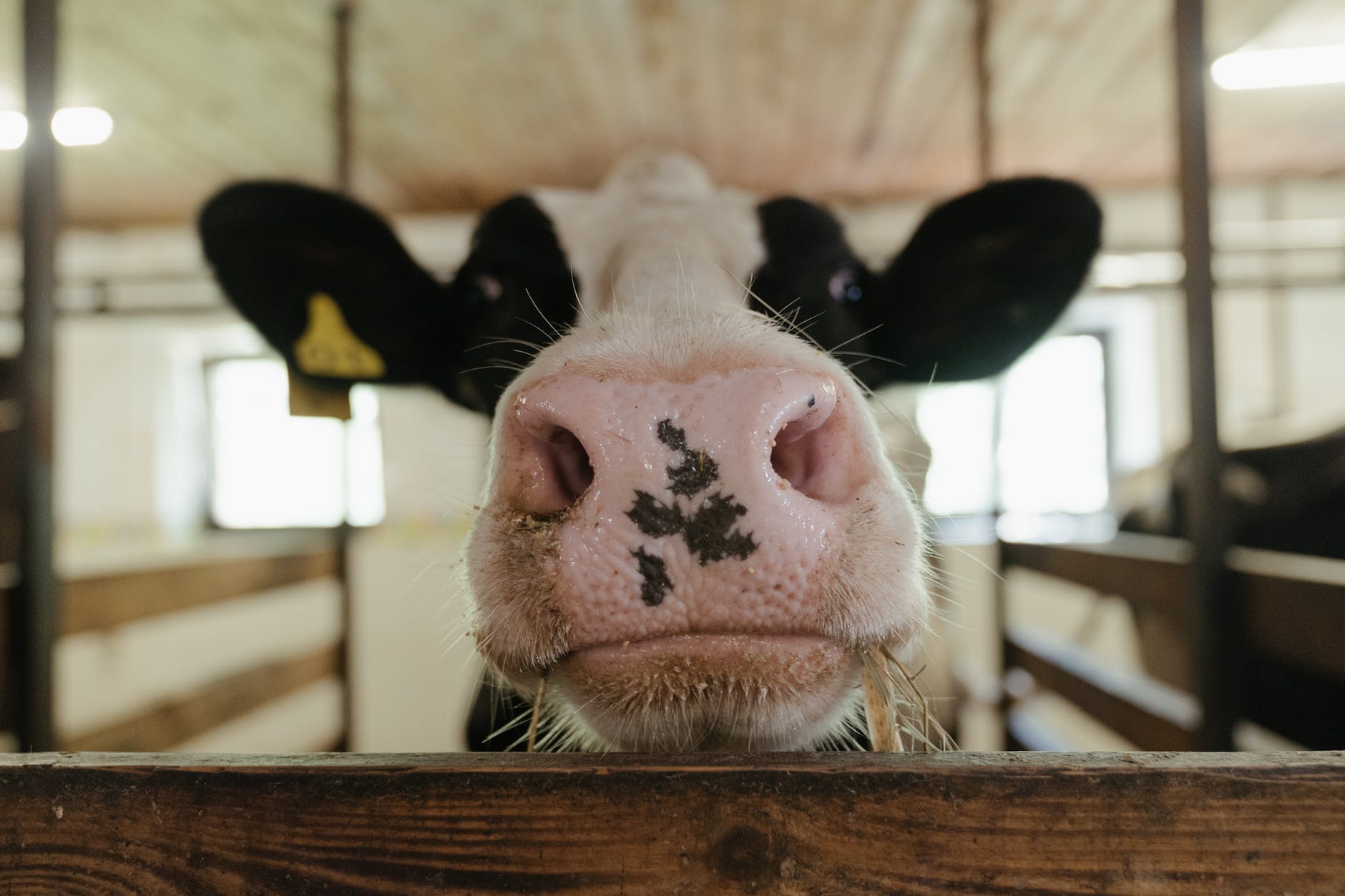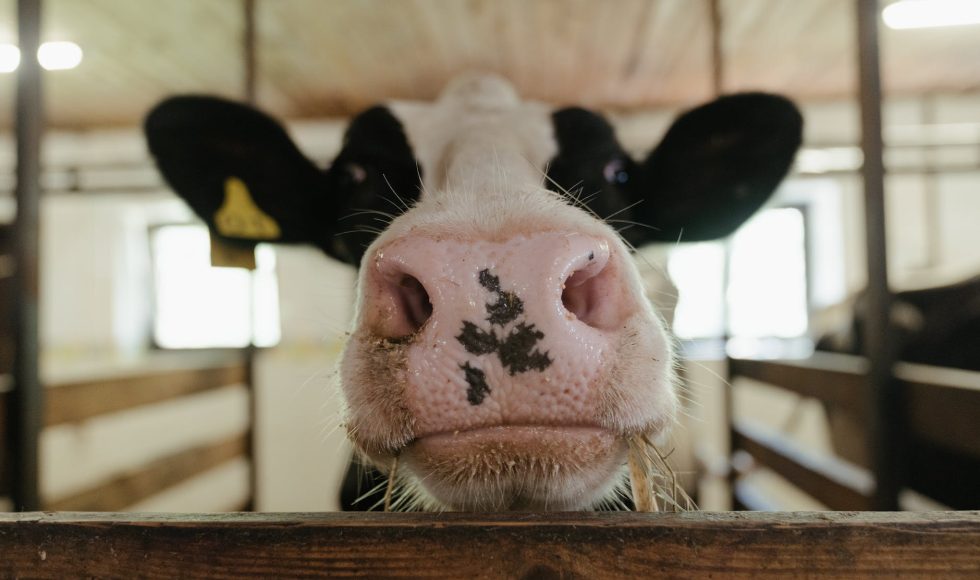I continue to watch the videos in the Oxford Nanopore Technologies “metagenomics” playlist. I have watched this one and want to revisit it now that we have done a PromethION run or two. Ryan Cook, a final year Ph.D. student from the University of Nottingham in the UK, presented at the Nanopore Community Meeting 2021 on “Phages, faeces, and PromethION: using nanopore to investigate the cattle slurry virome.” Cook started with a funny introduction, mentioning that phages are the puppet masters of the microbiome. Cook then explained why slurry tanks are used in farms. They took samples from a slurry tank over five months and separated the bacterial and viral fractions. They wanted to know about the stability of the virome and the phages and their hosts. Cook took five viral DNA samples that were sequenced with Illumina. The samples were also pulled, amplified, and sequenced with PromethION. They were one of the first to sequence a virome, they say, with the PromethION platform. Next, they assembled the virome to try to assemble phages. They used the Illumina reads to polish and improve the prediction of phage genomes. The long-read samples predicted greater alpha diversity than short read alone. Dereplication further improved alpha diversity values. Interestingly, the complete Illumina reads assembled some of the smaller viruses that were excluded by size selection for the PromethION run. Cook explained that they uncovered 7,682 putative phage genomes! Most were novel genomes based on Cook’s analyses. Using sequences of virulence-associated protein E (vapE), Cook identified a phage that was very similar to one found years earlier and a long distance from the sampling site. Watching this session again helped me better understand their assembly methods.



